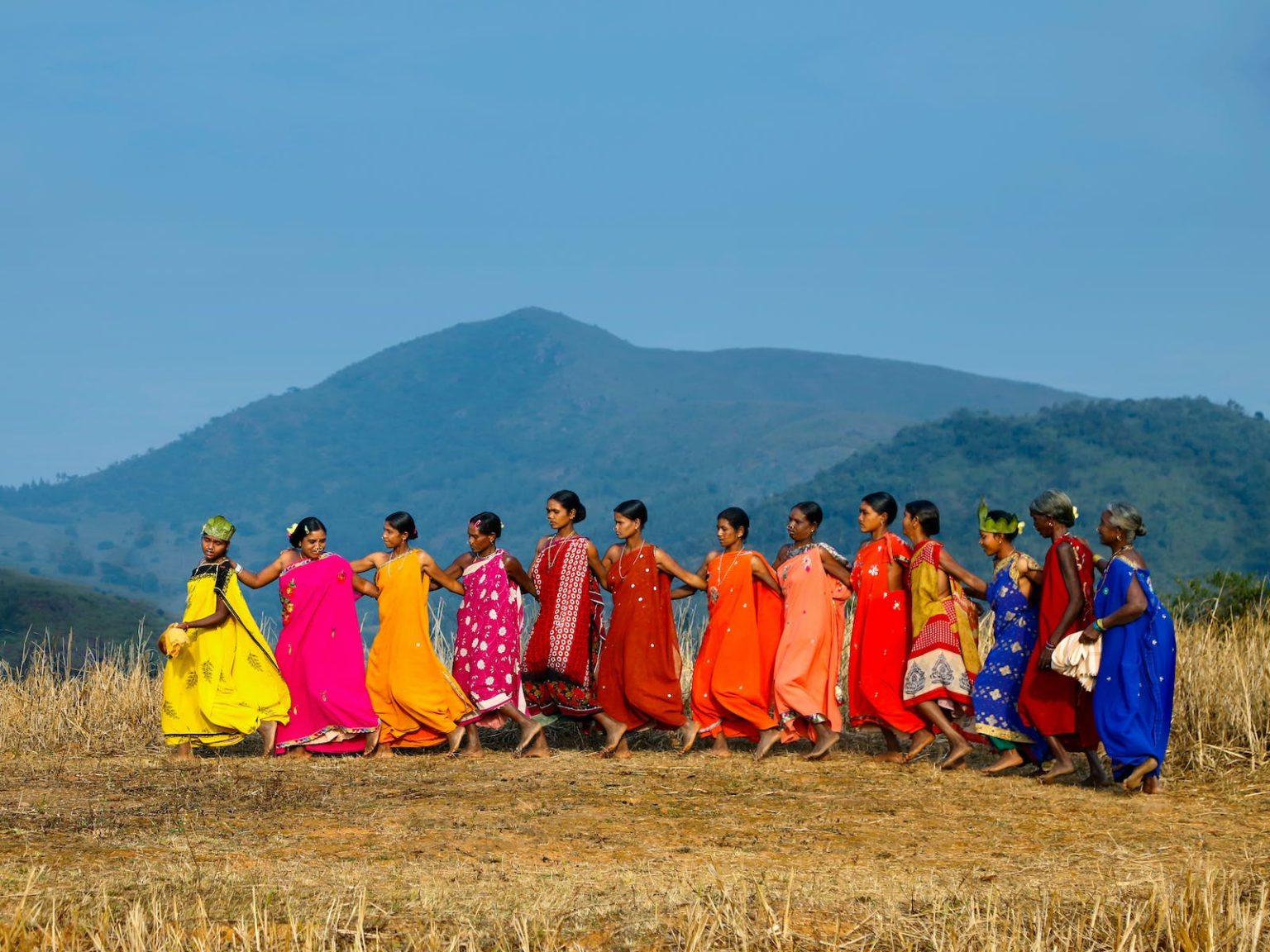Traditional attire is an important aspect of cultural identity. It reflects the history, beliefs, and values of a community. In this article, we will explore some of the most fascinating traditional attires from around the world.
Japan
The traditional attire of Japan is known as the kimono. It is a long, loose robe with wide sleeves and a sash around the waist. Kimonos are made from silk or cotton and are often adorned with intricate patterns and designs. They are worn on special occasions such as weddings and festivals.
India
India has a diverse range of traditional attires, each reflecting the culture and customs of different regions. One of the most popular is the saree, a long piece of cloth draped around the body with a blouse and petticoat. Sarees are made from a variety of fabrics such as silk, cotton, and chiffon, and are often embellished with embroidery, sequins, and beads.
Africa
Africa is home to a wide variety of traditional attires, each unique to its region. One of the most recognizable is the Maasai shuka, a brightly colored cloth worn by the Maasai people of Kenya and Tanzania. The shuka is wrapped around the body and secured with a belt, and is often worn with beaded jewelry and sandals.
Mexico
The traditional attire of Mexico is known as the huipil. It is a loose-fitting blouse made from cotton or silk, often adorned with colorful embroidery and designs. Huipils are worn by women and can be paired with a skirt or trousers.
Scotland
The traditional attire of Scotland is known as the kilt. It is a knee-length skirt made from wool and is often worn with a sporran (a pouch worn around the waist), a jacket, and a tie. Kilts are often associated with Scottish culture and are worn on special occasions such as weddings and festivals.
In conclusion, traditional attires from around the world are a testament to the rich cultural heritage of different communities. They are not just clothes, but a reflection of the history, beliefs, and values of a people. By exploring these attires, we can gain a deeper understanding and appreciation of the diversity and beauty of our world.



